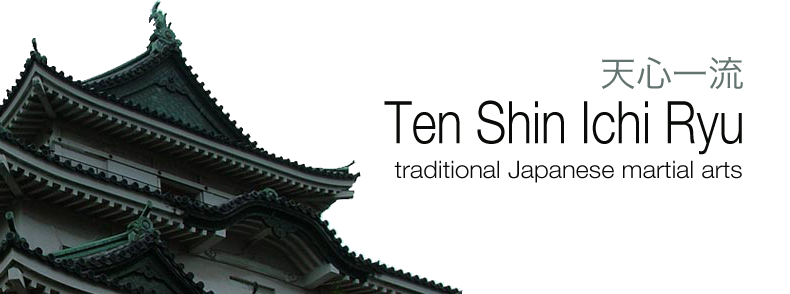
The Japanese Tea Ceremony
Articles
Women Warriors -
Female Samurai in Ancient Japan?
Classical Japan - The Heian Era
Nijo Jo - The Famous Castle of Kyoto
December Festivals in Japan
Personalities by Blood Type, A
Japanese Concept
Shinto, The Kami Way
Memoirs of a Geisha
Traveling in Japan
Japanese Kimono
Tea Ceremony
Children's Day
Springtime Festivals in Japan
The Art of Japanese Textiles
Dance and the Kabuki Theater
Hana-Mi (Flower Viewing)
Gagaku Performance - New York
I am by no means an expert in the art of Sado (tea ceremony). However, it's an area I am interested in learning about and thought it beneficial to have what I've discovered available to others. While there is information available as to the particulars of the ceremony, I was interested in why the ceremony existed at all.
Cha-No-Yu
"When tea is made with water drawn from the depths of Mind
Whose bottom is beyond measure
We really have what is called cha-no-yu"
~Toyotomi Hideyoshi
The first thing you might notice about a traditional Japanese tea ceremony is the importance placed on the exacting simplicity of the ceremony and surroundings. It becomes apparent that the ceremony isn't really about "drinking tea" but instead about the serenity and simplicity that it entails -- a shared lesson in Zen ideas.
Traditional ceremonies are ideally held in a special building -- a 'tea house' which is usually constructed of a simple, small building (gazebo or hut) with a thatched roof. Having a setting that is not ornate is important to stress the beauty in simplicity - ridding ourselves of the unnecessary. Inside the tea house is a tokonoma (an alcove) in which the host has hung a scroll chosen just for the ceremony. Nothing ornate or ostentacious, it will be simple in its beauty.
With cha-no-yu importance is placed on the hosts efforts to make the participants feel in harmony with heaven and earth. Making the guest feel appreciated and at peace, with no reminders of our daily stresses while in the teahouse.
Items involved in the tea ceremony are symbolic, metaphors for our daily lives. The water, which must be pure symbolizes purifying our minds. The tea bowl, as with ourselves may not be perfect, but still possesses a beauty to be appreciated.
Two of the main schools teaching the tea ceremony are the Omotesenke and Urasenke schools. You might want to visit one of the related links to find out more about the tea ceremony or to sign up for a class.
For detailed information on the art of tea, please read "Zen and Japanese Culture by D. T. Suzuki"
Content copyright © 2006-2010 by Melanie Shintaku. All rights reserved.
This content was written by Melanie Shintaku. If you wish to use this content in any manner, you need written permission.
For more information on Japan's history:
View photos of the burial place of the 47 Ronin in Tokyo - photos section - or stop by our links page for more information on Japan and her arts.
Tokugawa Lineage
Kublai Khan and Japan
Samurai Archives